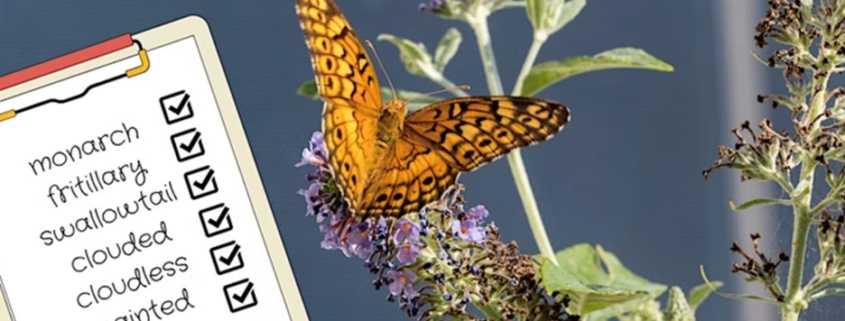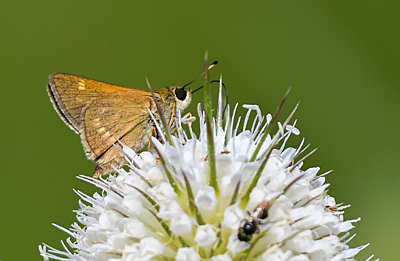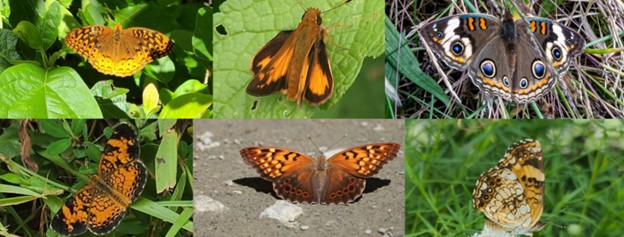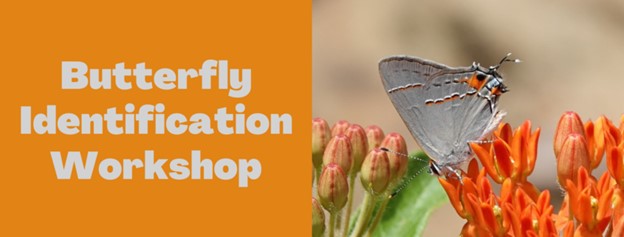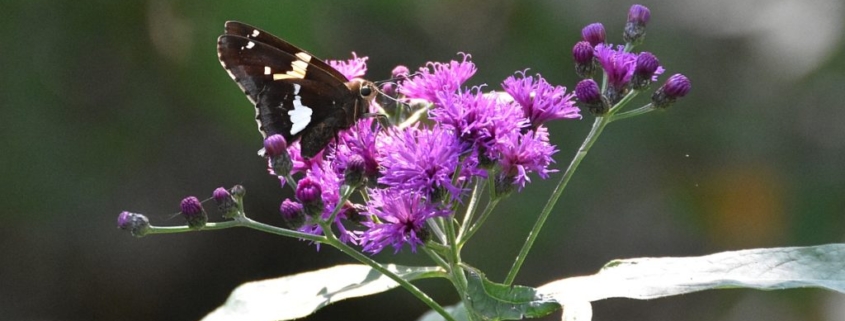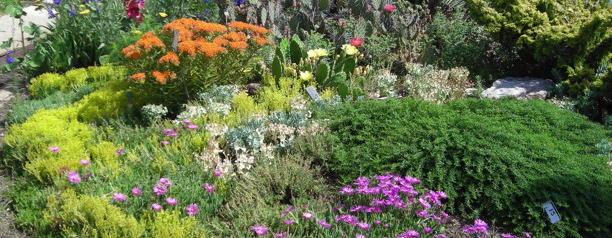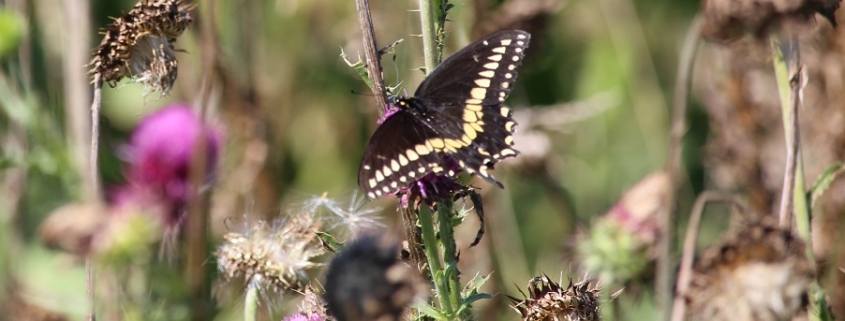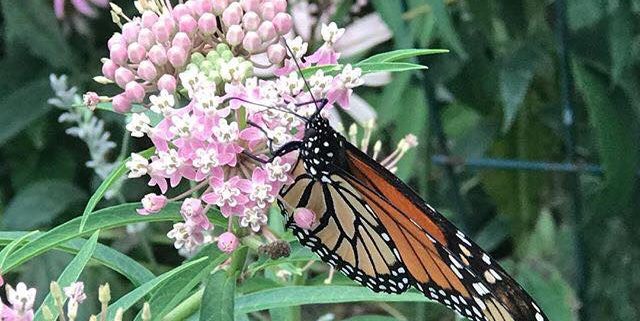Butterfly Identification with Larry Meade, June 18th
Photo: David Illig, Variegated Fritillary
Wednesday, June 18, 2025
7:00 PM – 8:30 PM
Virtual
FREE
The sight of butterflies fluttering around on a warm day is one of the most iconic signs of summer. These beautiful insects usually live for only a few weeks as adults, but they make quite an impression while they are in their full glory. There is a large variety of butterfly species in our area. Larry Meade will walk through the common species and help participants differentiate some of the trickier look-a-like species.
Participants are encouraged to register for the North American Butterfly Association (NABA) Count to be held on June 28, 8:00a AM – 1:00 PM. More info here.
A good way to prepare this program is to review Butterflies of the Mid-Atlantic, a Field Guide, by Robert Blakney and Judy Gallagher. Judy Gallagher is a member of the NVBA Board, and the field guide is available for purchase on the NVBA website.
Larry Meade is president of the Northern Virginia Bird Club and a member of the NVBA Adult Education Committee. He is a frequent bird walk leader and has been involved in numerous Audubon Christmas Bird Counts and NABA Butterfly Counts. He is the compiler of the Alexandria Circle NABA Butterfly Count in September.



